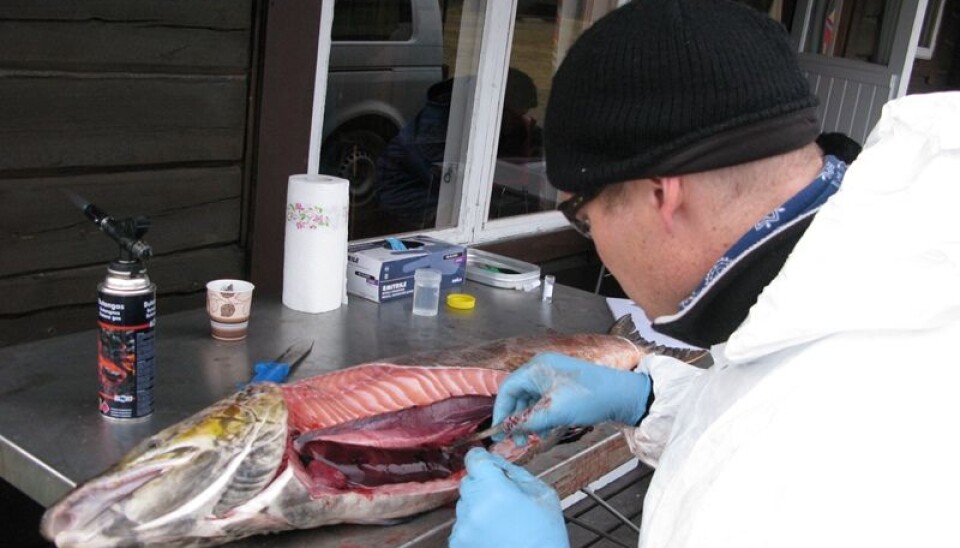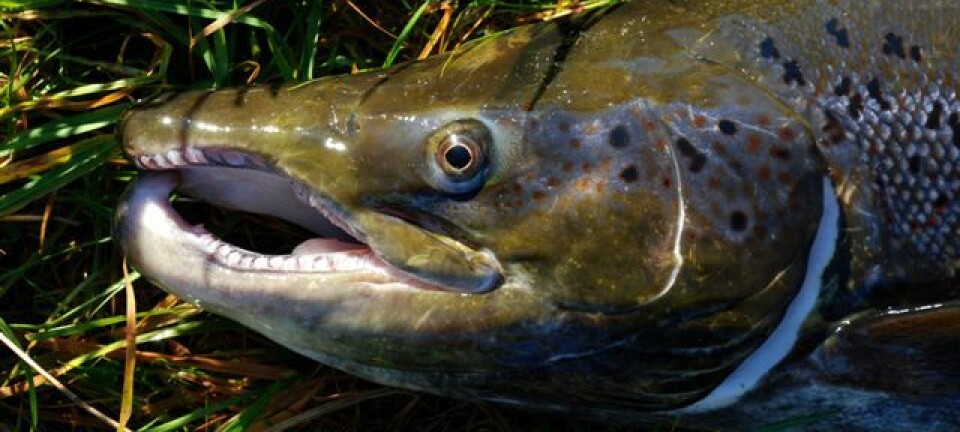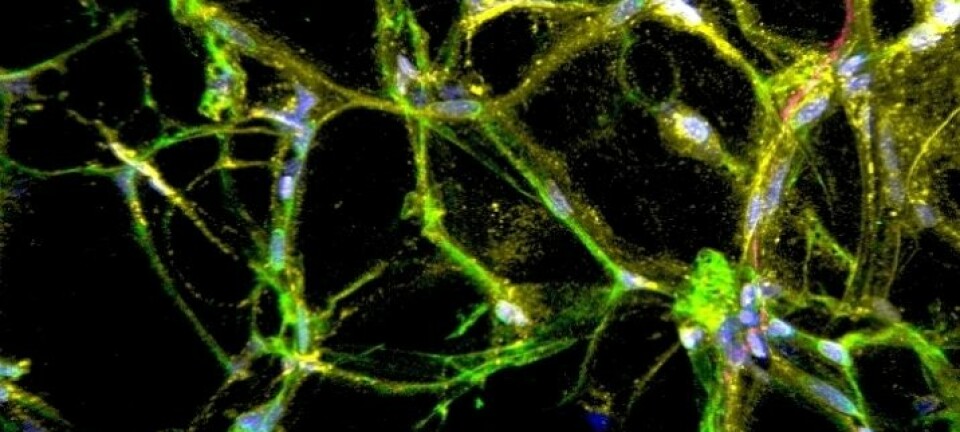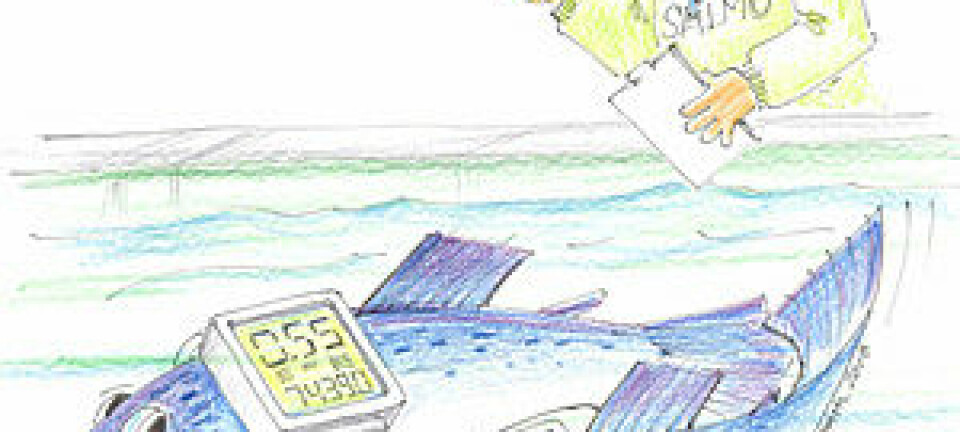This article was produced and financed by The Norwegian Veterinary Institute

Wild and farmed fish infect each other
A genetic comparison of the virus associated with the disease HSMI shows that virus transmission probably occurs between farmed and wild fish.
Denne artikkelen er over ti år gammel og kan inneholde utdatert informasjon.
In 2010, researchers found a new fish virus that was named piscine reovirus (PRV).
The virus is common in farmed fish and it is likely that the virus can cause the disease Heart and skeletal muscle inflammation (HMSI) in salmon. The virus is also found in wild salmon, but no one has been able to detect disease in the wild salmon.
Researchers at the Norwegian Veterinary Institute and NTNU University Museum have conducted a genetic analysis of the virus that demonstrates that the same PRV types are found both in farmed and wild fish.
This result shows that transmission of the virus between these groups probably occurs.
But it is not easy to study virus in wild fish.
"So far it has been a difficult area to do research on and only a few scientific papers are published in this field. This is probably due to the difficulty in catching sick wild fish for sampling because these fish usually die and disappear or are eaten by other animals", says Eirik Biering, a researcher at the Institute.
He believes this could be one of the reasons why studies of wild fish have resulted in few discoveries of dangerous viruses and bacteria.
Less virus in wild fish
The PRV is found nationwide in 14 prosent of wild salmon but without detecting disease.
"In the wild material that we examined, there was also a number of escaped farmed fish and fish released from stock enhancement hatcheries," explains Åse Helen Garseth at the Norwegian Veterinary Institute.
These fish have wild fish as parents, but are hatched and raised in aquaculture facilities and released into the wild to boost the population.
It turned out that both escaped farmed fish and fish from stock enhancement hatcheries have more virus than true wild fish.
"The main result of the genetic comparison is that wild and farmed fish infect each other with the virus. Transfer of infection can go both ways, but probably goes mainly from farmed fish to wild fish," she says.
The reason is that there are far more farmed fish than wild fish and farmed fish to a greater degree carry PRV. In addition, we see that escaped farmed fish mix with wild fish in the rivers.
May include other infectious agents
What this means for fish health, researchers do not know, but they hope to get closer to an answer in our further research.
"It is reasonable to assume that if one type of virus is able to transfer between wild and farmed fish, then this option also exist for other infectious agents," says Biering.
This remains, however, to be confirmed in further research.
"Each pathogen has a set of unique characteristics, both in terms of disease transmission and in its ability to cause disease, so the answer is by no means given," Biering points out.
Funded by the Norwegian Environment Agency, the Norwegian Veterinary Institute and NTNU University Museum.


































